Hold the line please - Brisbane Telephone Exchange
By Simon Miller, Library Technician, State Library of Queensland | 7 May 2013
I notice that we recently passed the 40th anniversary of the invention of the mobile phone. The telephone is now ubiquitous but you might be surprised at how quickly it arrived in Brisbane after its invention. Alexander Graham Bell demonstrated the first practical telephone in 1876 and published details in the Scientific American on 6 October 1877. The first experiments with telephones in Queensland were conducted at the Brisbane GPO on 26 January 1878 by W. J. Cracknell, Superintendant of Telegraphs. Cracknell was able to set up a demonstration of the telephones at the Exhibition in August of that year along with some other startling scientific exhibits as reported in the minutes of the National Association published in the Brisbane Courier.
That to Mr. W. J. Cracknell, Superintendent of Telegraphs, your committee are indebted for the promise of several highly interesting scientific exhibits at next month's exhibition, all of which are comparatively unknown in Queensland, viz.:
1. The electric light, to be displayed every evening.
2. Explosion of torpedoes in the creek running through Bowen Park, by means of electricity.
3.Telephones fitted up in the main building, and in the park, by which visitors may, at distant points from each other, converse through the medium of these wonderful instruments.
These early telephones could only be used for communication between two fixed points but January 1878 saw the opening of the first commercial telephone exchange which allowed multiple telephone users to be connected and made the instrument truly practical. Brisbane's first telephone exchange was set up at the GPO linking several Government offices in October 1880 and by 1881 there were 36 telephones connected including several private ones. By 1883 a continuous 24 hour service was being provided and 175 telephones were connected. The first country telephone exchange in Australia was opened in Maryborough in 1882 with 32 subscribers.
The first telephone exchanges employed message boys to operate the equipment, however, the boys quickly earned a reputation as inefficient, unruly and impertinent, and in an effort to improve customer service these first operators were replaced by women specifically employed for the job. In 1889 positions were advertised for thirteen telephone exchange switch-board assistants, at a salary of 10 shillings per week, 1671 young women applied. Mrs Dick was appointed as Supervisor.
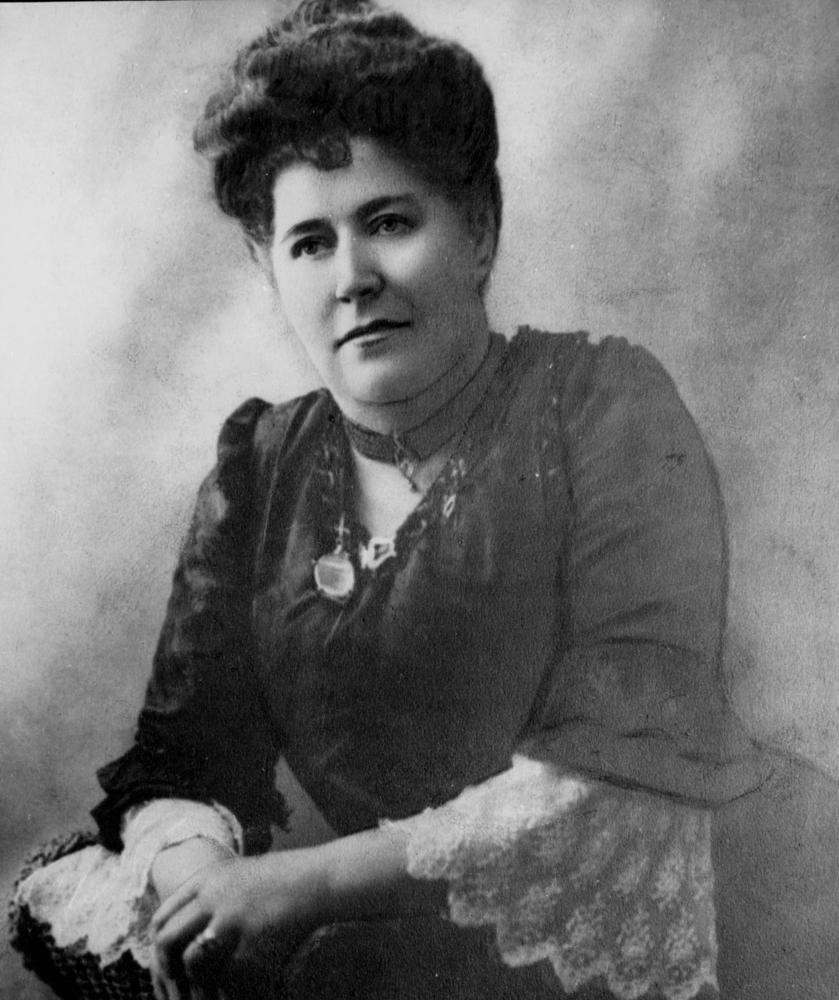
Alterations were made to the building to allow for the employment of female operators, who worked from 8 am to 6 pm, the night shift being deemed unsuitable for female employment. An article published in The Queenslander and attributed to 'Delphia' provides a detailed description of the working environment of these early telephonists.
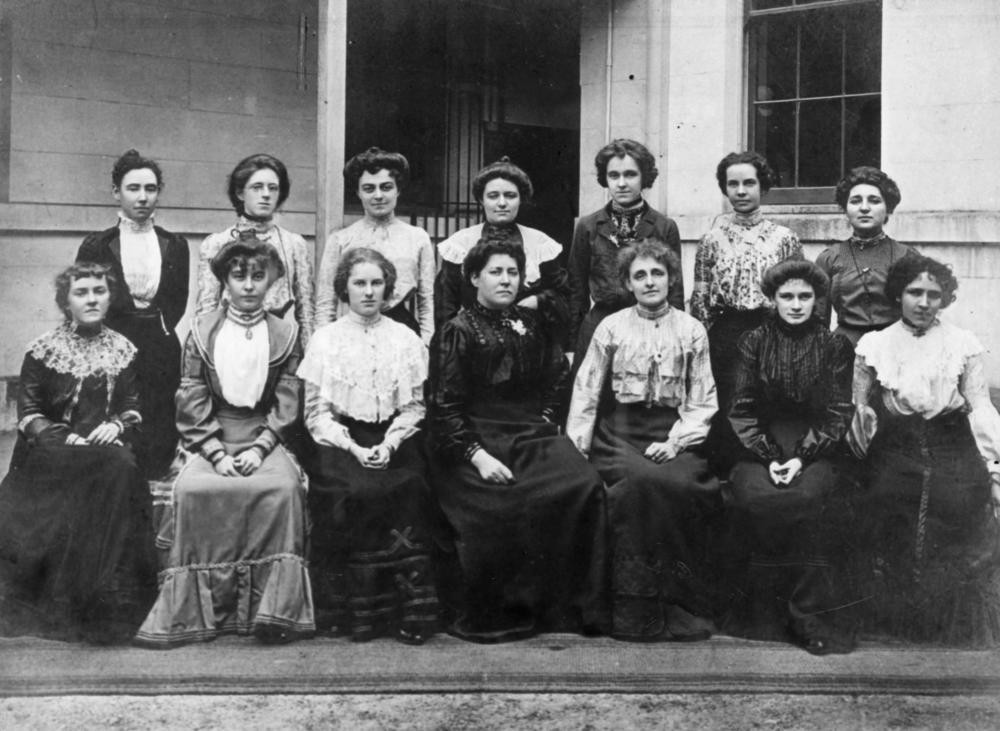
The new switchboard on the Telephone Exchange is now in working order; and the female operators are shaping to their novel experience in a manner that augurs well for their future utility, and for the increased convenience of the public service. Mrs. Dick, the lady superintendent, assisted by a monitress, has twelve operators under her charge. Perhaps a more capable-looking assemblage of young women could hardly be found In Brisbane; had the qualification been appearance only, instead of capability, they could well have stood the test. It is somewhat surprising, considering the small amount of salary offered, that such a refined and superior class of workers should have tendered their services, especially when. It is found that some of them come from a distance, as far as Ipswich even, and have to deduct travelling expenses from their earnings. They, no doubt, look upon the appointment as a beginning of better things, and anticipate future promotions in the Government service. It must also be borne in mind that, although they, have passed the necessary education tests, they are ignorant of the telephone duties, until patiently inducted into the method, under the personal supervision of Mr. Hesketh.
The girls enter their offices through a private door on the right hand of the Post Office lane, near Elizabeth-street. After ascending, two flights of narrow stairs, we find the lavatories on the right hand, with necessary fittings, and a comfortable little sitting-room on the left. Around the walls, convenient lockers are fitted up, a separate one, with lock and key, for each operator ; the open doors show a good arrangement for hanging hats and cloaks, and shelves for cups, lunch, books, &c.; outside, they look like wardrobes of polished Maryborough pine. One or two cane lounges, plenty of comfort-able chairs, a large table, and writing secretaire form part of the comfortable furnishings. In one corner a small gas stove is fitted, and a large kettle supplies hot water for the acceptable cup of tea at lunch time. The pretty light tint chosen for the wall colouring gives a brightness to the room and in every way possible in so small a space has the comfort of the girls when off duty been considered. Mrs. Dick is ever on the alert to see that the girls are relieved of duty for a time, when they feel the nervous strain too much, or when the incessant vibration tells upon their endurance. That there will be cause for watchfulness and anxiety in this respect a visit to the switchboard room will show. Such a babel of confused and subdued voices, in the strident, "are you-there" tone. The operators sit in chairs constructed upon pedestals to move slightly from side to side, so as to quickly operate upon the numbers from right to left. Each operator has 100 connections under her charge. To watch the incessant manipulation of the plugs, one would imagine that every telephone-owner spent a good part of his time with a transmitter at his mouth. Ten in the morning is the busiest hour, between 12 and 2 the switching slackens, and increase afterwards up to 4 o'clock.
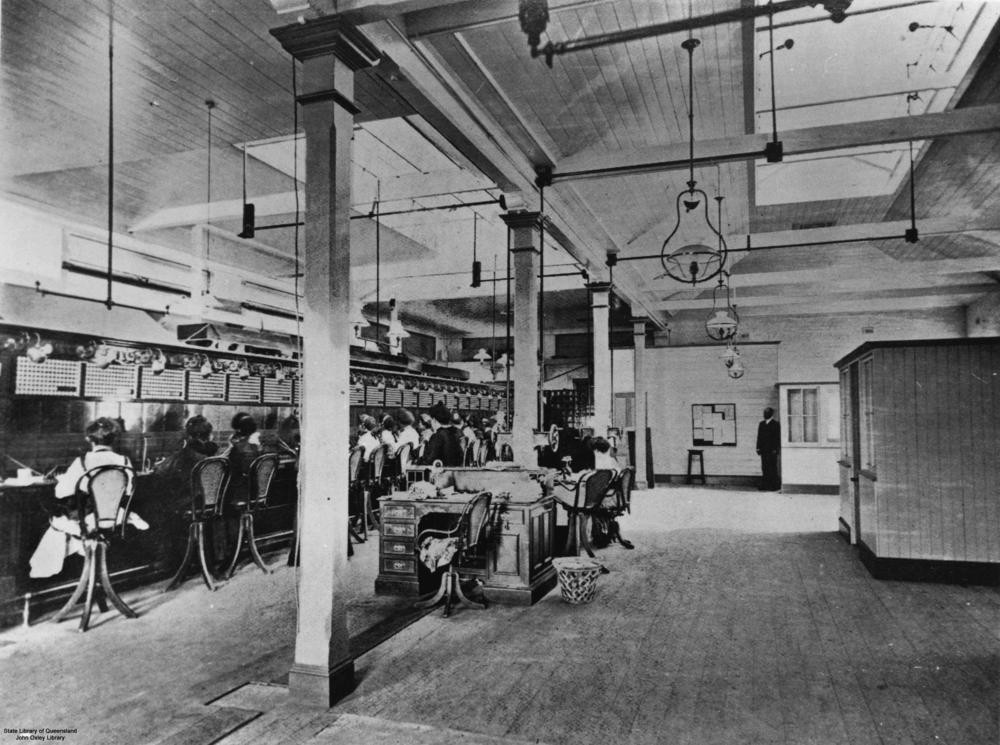
Each operator wears a leather band over the head, with a receiver pressed to the left ear and transmitter near the mouth. The indicators, at the top of the switchboard, rise and fall, showing the number which wants to be switched on. Below are the round holes, bearing the numbers of the telephones—one set called the questioning jacks, the other set the answering jacks. These are connected by plugs, and the connection is made as rapidly as possible. The work to a certain extent is mechanical, but needs the utmost smartness and dexterity, and will prove a trying test to nervous organisations. Being apparently such mechanical work, one is inclined to question the relevancy of such examination posers as the following, which appear on the papers submitted to the applicants as examination tests :—"State what you know of the Brisbane River under the following heads :—Source, course, affluents, outfall, basin, and watersheds." "Where in Queensland are sugar, wheat, coffee, arrowroot, and cocoa-nuts grown? Where are gold, copper, tin, opals, and pearlshell found?" "The side of a square paddock is 440 yards long. How many palings, each 4 In. wide, will be used in fencing the paddock?" Other arithmetic questions about papering walls, bags of marbles, thousands of oranges, barrels of ale, and boxes of matches, but not one question about modern science, the discovery and development of telephony, or reference to the life of Edison, or the principles of acoustics and the transmission of sound.
The operators look very business-like and comely in their uniforms of dark-blue serge and neat white collars and cuffs. The lady superintendent and monitress wear black. The hours are not heavy—altogether about eight hours a day, with relieving operators to take charge at intervals of rest. At present there are boys employed on the switchboard, as well as the girls, but Mr. Hessketh hopes to replace them in time by the women, and is very sanguine of good results.
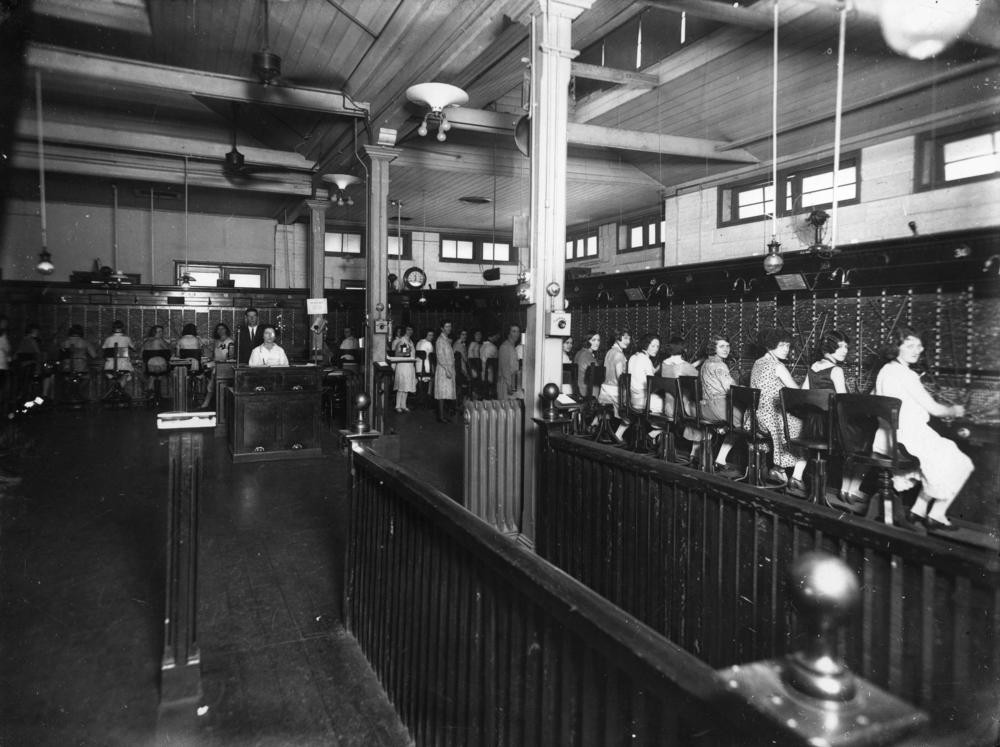
The work of the exchange operators continued in much the same fashion until the Brisbane exchange was switched over to an automatic exchange in 1929. Trunk operators were still required for interstate and international calls until a new type of automated exchange, the Crossbar system, allowed the introduction of Subscriber Trunk Dialling in the 1960s. The first Crossbar exchange in Australia was installed at Toowoomba in 1960. In 1963 a new eight story telephone exchange was planned for construction in Elizabeth Street, Brisbane.
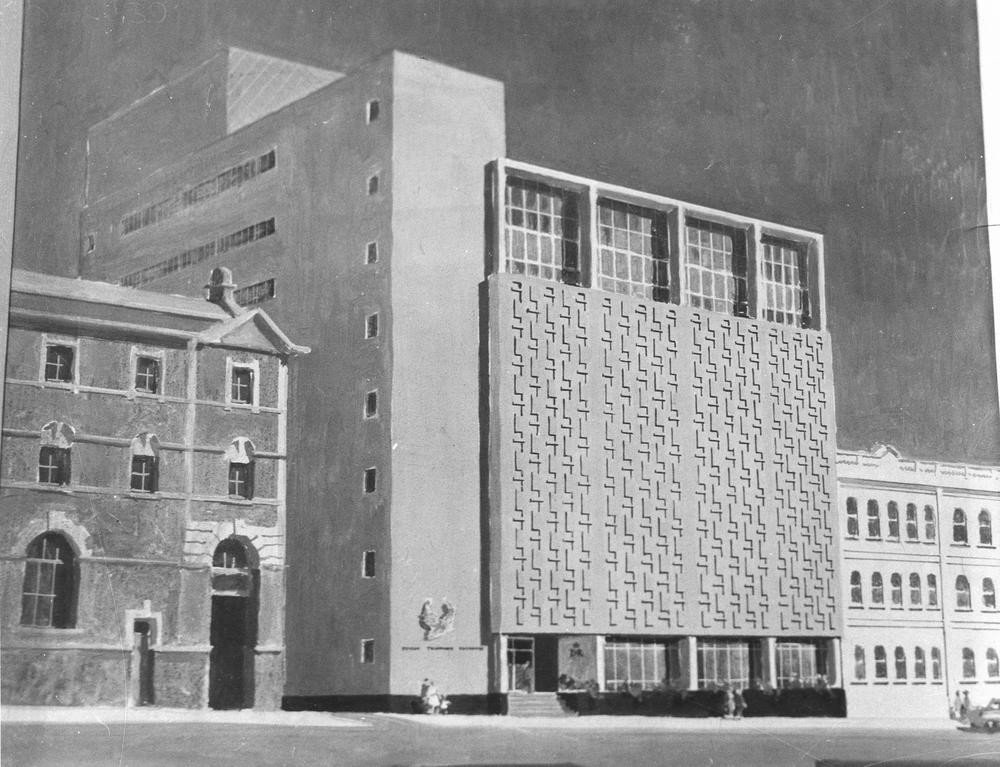
The John Oxley Library holds several titles on the development of telephone exchanges. The Palace of winged words : the development of telephone exchanges in Australia published by Telecom Australia in 1980 and Resistance on the line : a history of Australian Telephonists and their Trade Unions, 1880-1988 by Jeff Rickertt.
Simon Miller - Library Technician, State Library of Queensland
Comments
Your email address will not be published.
We welcome relevant, respectful comments.